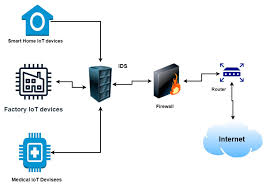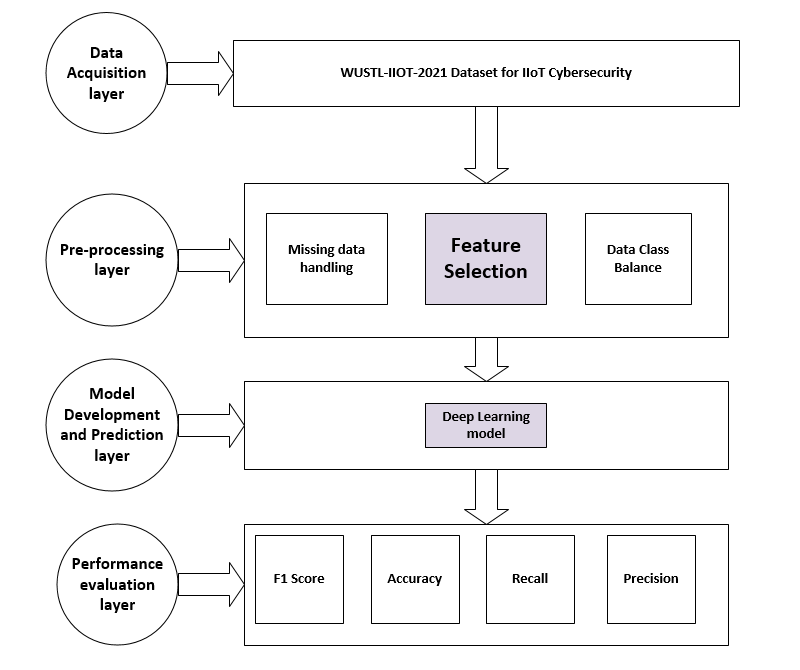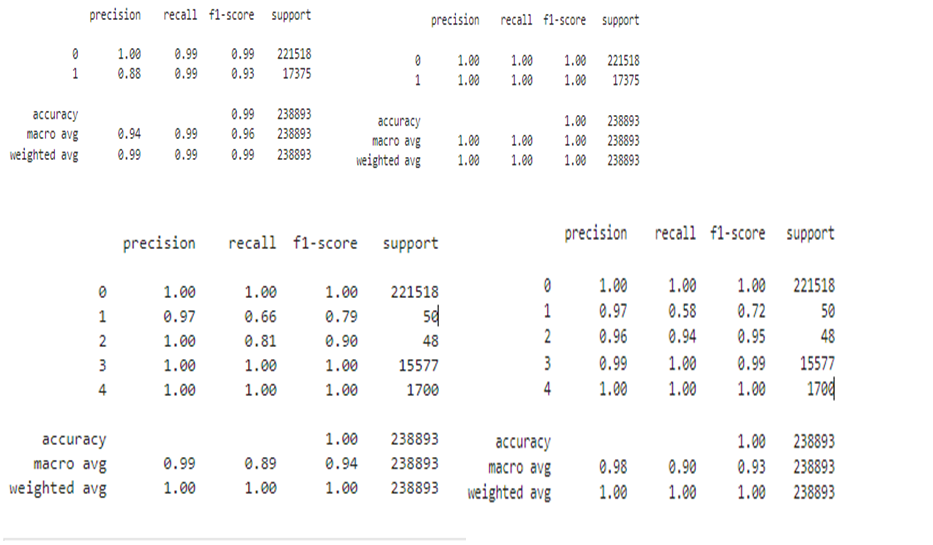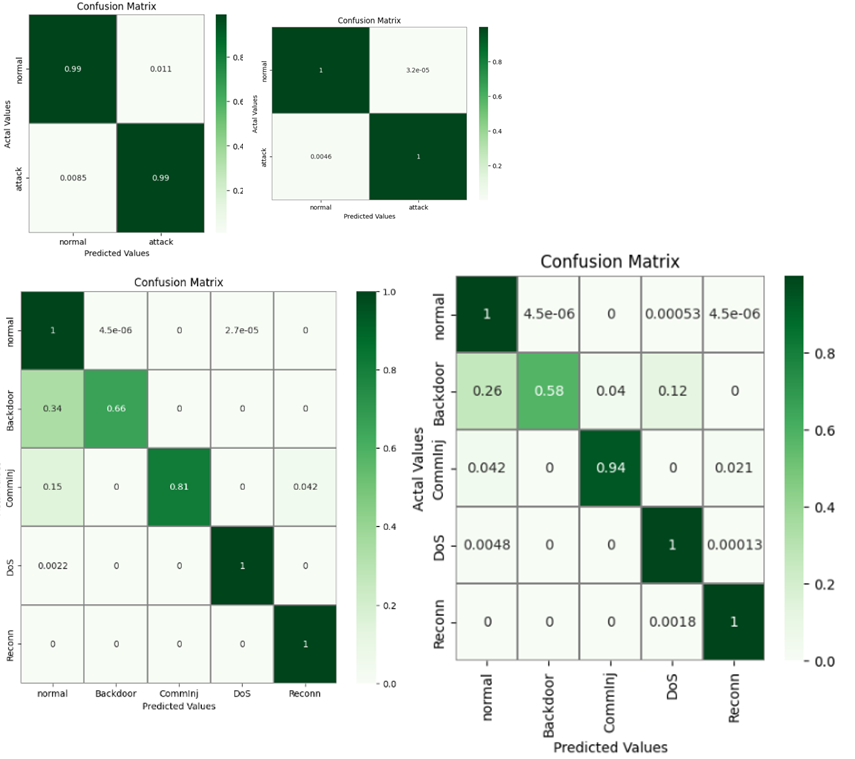APPLICATION OF DEEP NEURAL NETWORK FOR INTRUSION DETECTION IN INDUSTRIAL INTERNET OF THINGS.
Adebayo Abdulganiyu KEJI || Ayuba Adinoyi IBRAHIM

Abstract
The advent of the internet has revolutionized global connectivity and commerce, with modern economies heavily reliant on cyberspace. The Internet of Things (IoT) has further permeated daily life, imbuing ordinary objects with intelligence, forming the foundation of the Industrial Internet of Things (IIoT). Industrial Control Systems (ICSs) have traditionally monitored industrial processes and machinery, critical for infrastructure. However, the convergence of digital and physical systems in ICSs renders them susceptible to cyber threats, necessitating automated defense mechanisms to protect millions of IIoT users. This study focused on developing a deep neural network for detecting network attacks in IIoT. Four experiments were conducted, including the creation of binary and multi-classification models for all dataset features and the identification of key features using an extra tree classifier. Remarkably, model performance approached 100% accuracy. The study's significance lies in reducing computational time and power consumption through feature selection, enhancing detection speed. For the multi-classification model, feature selection reduced computational time from 15hr:16min to 10hr:24min, while for the binary-classification model, it decreased from 7hr:15min to 3hr:31min. This highlights the importance of dimensionality reduction for swift model deployment, ensuring continuous delivery and integration as more data become available.
Methodology
The image below depicts the layout of the strategy employed in this study. The dataset was received as secondary data; following preprocessing, the data was split into training, validation, and testing datasets. The model was then implemented and trained using the preprocessed data, and its performance was assessed using industry-standard assessment metrics.

Conclusion
Due in large part to the internet's transformation of how people connect and do electronic business, modern economies and societies rely significantly on cyberspace. An increasing number of everyday objects have ubiquitous intelligence built into them, making up the Internet of Things (IoT). Utilizing Internet of Things (IoT) technology in industrial control systems (ICSs) is the main idea behind the Industrial Internet of Things (IIoT). ICSs have long been used to monitor industrial machinery and processes and are a crucial component of critical infrastructures. Industrial Control Systems (ICSs) are a relatively new field of study and they connect digital appliances and services to physical systems and are susceptible to different types of cyberattacks that could jeopardize their capacity to provide businesses with uninterrupted services. To defend millions of IIoT users from malicious attacks, an automated protection strategy is required. In this study, we developed a deep neural network for the detection of network attacks in IIoT. Four different experiments were carried out which include: the development of binary and multi-classification models for all the features present in the dataset and selection of the most important features using machine learning model known as extra tree classifier. We achieved an outstanding model performance of approximately 100% in all the developed model. But the contribution of this work lies in the computational time and power required for model development. The computing time and power was reduced using feature selection/dimensionality reduction which will improve the speed of detection of our developed model. For the Multi-classification model, a computational time of 15hr:16min was used without feature selection and 10hr:24min was used with feature selection. For the binary-classification model, a computational time of 7hr:15min was used without feature selection and 3hr:31min was used with feature selection. Thus, as more data are available it is best to reduce the dimensionality of the dataset for swift continuous delivery and continuous integration of the model.
